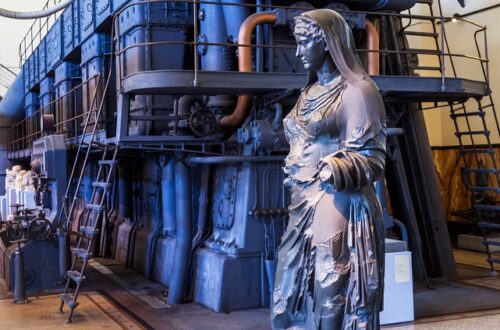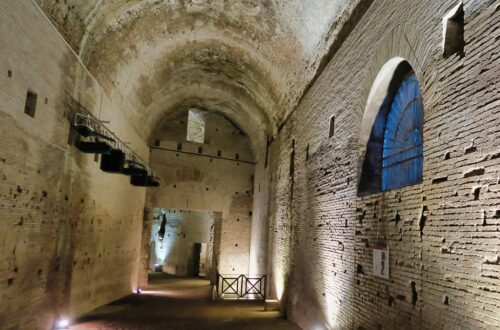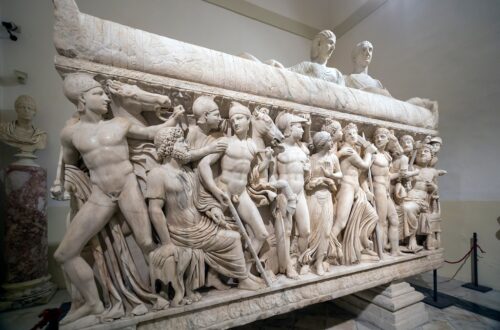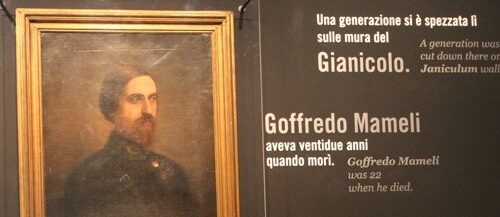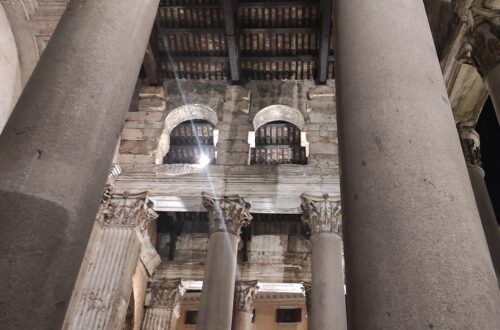The archaeological complex of the Villa of Maxentius stretches between the second and third mile of the Via Appia Antica and consists of three main buildings: the palace, the circus and the dynastic mausoleum, designed to celebrate the Emperor Maxentius, Constantine’s opponent who was defeated at the Battle of Ponte Milvio in 312 AD. The best known monument of the whole complex is the circus, the only one of the Roman circuses still well preserved in all its architectural components, while the Mausoleum, a circular building surrounded by an imposing quadriporticus, opens directly onto the Appian Way.
The building was intended for the burial of members of the imperial family, with the construction to be developed on two levels: a lower, basement level, used as a funerary crypt, and an upper floor that was never built.
The crypt, devoid of decorations, has a circular plan with a large central pillar and an annular corridor in which the niches for the deposition of the sarcophagi opened, while the original entrance, walled up in past centuries and reopened by the Capitoline Superintendence during recent restoration work, is located on the opposite side of the Via Appia Antica.

